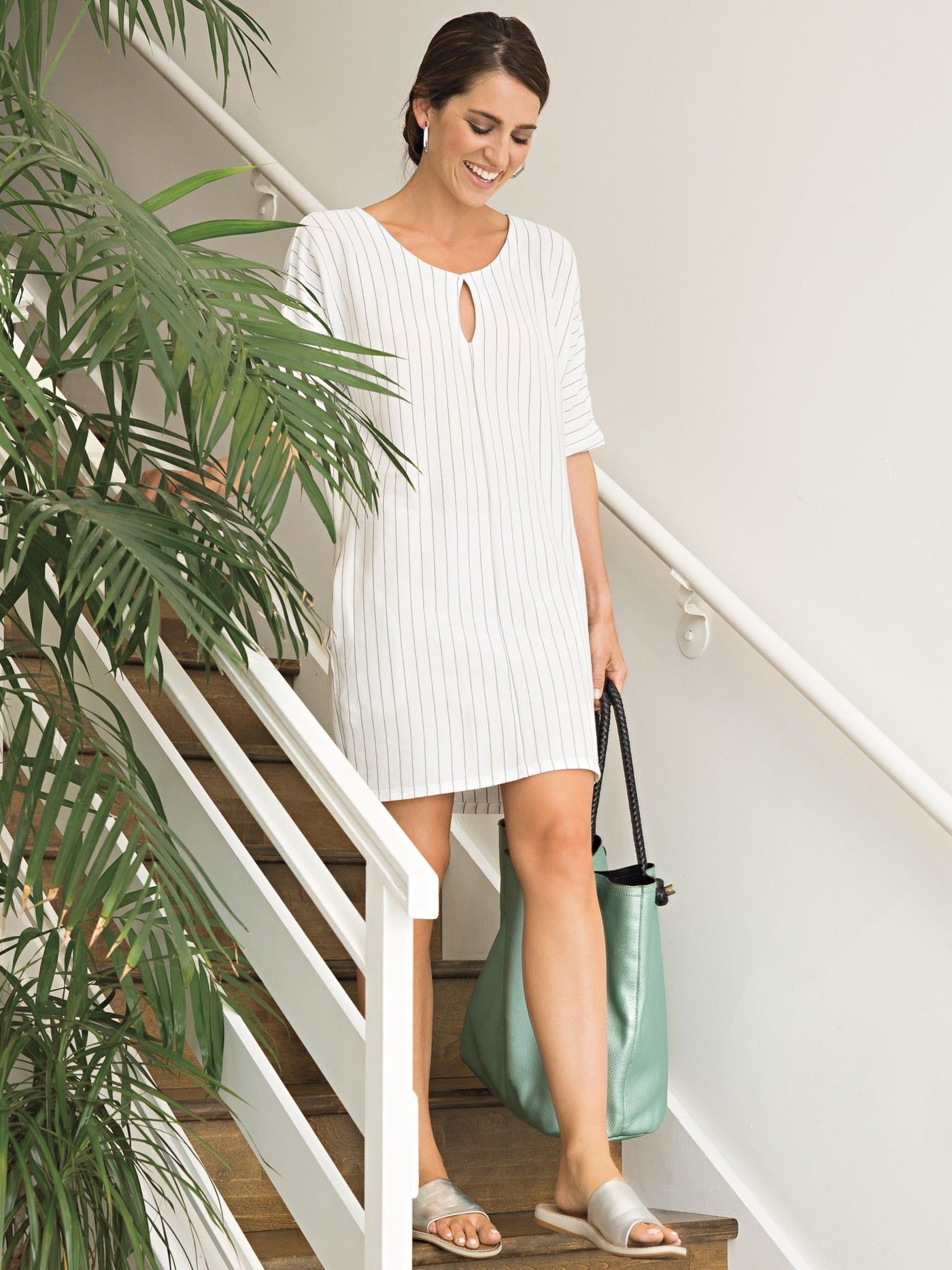Article: Plant-Based Fashion: What it means for you and the world around you.
Plant-Based Fashion: What it means for you and the world around you.
If you have been keeping an eye on the sustainability industry in food, you are likely aware that plant-based diets have been a topic of discussion everywhere. Even major fast food chains like Burger King are now toying with sustainable, plant-based meat alternatives in classic dishes like hamburgers and hot dogs.
Yes, most of us are already well aware of the importance of plant-based food, but did you know that plant-based fashion is also trending? Plant-based fashion is a trend that has been long overdue in the past 50 years—and it offers numerous benefits for consumers, designers, and the world around them.
Is Plant-Based Fashion Another Name for Vegan Clothing?
That’s one of the most common questions people ask, and it’s easy to see why.
While both vegan fashion and plant-based fashion avoid the use of animal products like fur, wool, and leather, there’s a key difference: vegan doesn’t always mean sustainable.
Many vegan items are made with petroleum-based synthetics like polyester, nylon, or polyurethane — all technically “animal-free,” but still harmful to the planet.
Plant-based fashion takes it a step further. It’s free from both animal products and plastics, focusing on renewable, biodegradable fibers that come directly from plants.
In short:
-
Vegan fashion = no animal-derived materials (but may include synthetics)
-
Plant-based fashion = no animals, no plastics — just sustainable plant fibers
It’s fashion that’s not only kind to animals but also gentle on the Earth.
What Materials Do You See in Plant-Based Fashion?
Plant-based fashion celebrates the beauty of nature through the materials it uses. You’ll find fabrics that feel good on your skin, last beautifully, and return to the earth when their time is done.
Here are some of the most popular ones:
-
Organic Cotton: Soft, breathable, and grown without pesticides or synthetic fertilizers. GOTS-certified organic cotton ensures safety for your skin and for farmers who grow it.
-
Bamboo: Known for its silky feel and natural antibacterial properties, bamboo fabric is moisture-wicking and perfect for activewear or intimate apparel.
-
Hemp: One of the most sustainable fibers on the planet, hemp grows quickly, requires little water, and naturally resists pests. It’s strong, long-lasting, and completely biodegradable.
-
Modal: Made from sustainably harvested beech trees, Modal is processed in a closed-loop system that recycles 99% of the water and solvents used. It’s luxuriously soft and remarkably durable.
Paired with eco-friendly dyes and responsible manufacturing, these fabrics redefine what it means to dress well — with comfort, conscience, and care.
What Materials Are Banned in Plant-Based Fashion?
To understand what makes plant-based fashion different, it’s also important to know what it avoids.
You’ll never find the following materials in a truly plant-based wardrobe:
-
Leather, suede, fur, or wool (animal-derived)
-
Polyester, nylon, acrylic, or polyurethane (plastic-derived)
-
Animal-based dyes or glues
-
Other synthetics that release microplastics or rely on petroleum
By cutting out these harmful materials, plant-based fashion helps reduce pollution, protect ecosystems, and eliminate the toxic runoff that comes from conventional dyeing and plastic processing.
However, this movement doesn’t stop at materials — it’s also about ethics.
Most plant-based designers, including Blue Canoe, take a stance against sweatshops and unfair labor practices. Every piece is made under fair working conditions, ensuring sustainability in both fabric and human rights.
Why Choose Plant-Based Fashion?
Right now, the fashion world is grappling with a pretty serious problem. Aside from the fossil fuel industry, the fashion industry is the biggest polluter in the world. Many fashion houses use non-sustainable materials, animal products, and potentially dangerous chemicals in their clothing.
Knowing this, choosing plant-based fashion makes a lot of sense. The benefits alone include:
-
Knowing your clothing isn’t going to be toxic. Studies are now starting to reveal the true damage of using plastics, and we still don’t know the full risk of plastic use. If you’re worried about the plastic in your clothes causing health problems later on, plant-based is a good way to go.
-
Knowing that your clothing is cruelty-free. If you’re a fan of vegan food, having vegan clothing just makes sense. Choosing plant-based clothing helps save thousands of animals from painful practices every year.
-
Having clothing that lasts and looks great! Plant-based fashion does not mean cheaply-made fashion, nor does it mean fast fashion. The clothes that are coming from this fashion are now getting accolades for their long-lasting staying power and stylish appearance.
-
Helping change the world for the better. Our planet is in dire need of our help. Choosing plant-based clothing means you are helping reduce the impact fashion makes on Mother Earth.
The Movement Starts With You
At Blue Canoe, plant-based fashion isn’t just our mission — it’s our DNA. Since 1989, we’ve been designing women’s clothing made entirely from organic cotton and bamboo, dyed with low-impact, eco-safe dyes, and produced ethically in the USA.
Every stitch reflects a belief that fashion should heal, not harm.
By choosing plant-based, you’re not just buying a garment — you’re joining a movement—a movement for cleaner air, fairer work, healthier bodies, and a more sustainable planet.
You don’t have to change the world overnight.
You just have to start with what you wear.
Explore our plant-based clothing collection and discover how comfort, consciousness, and craftsmanship can come together — beautifully.



